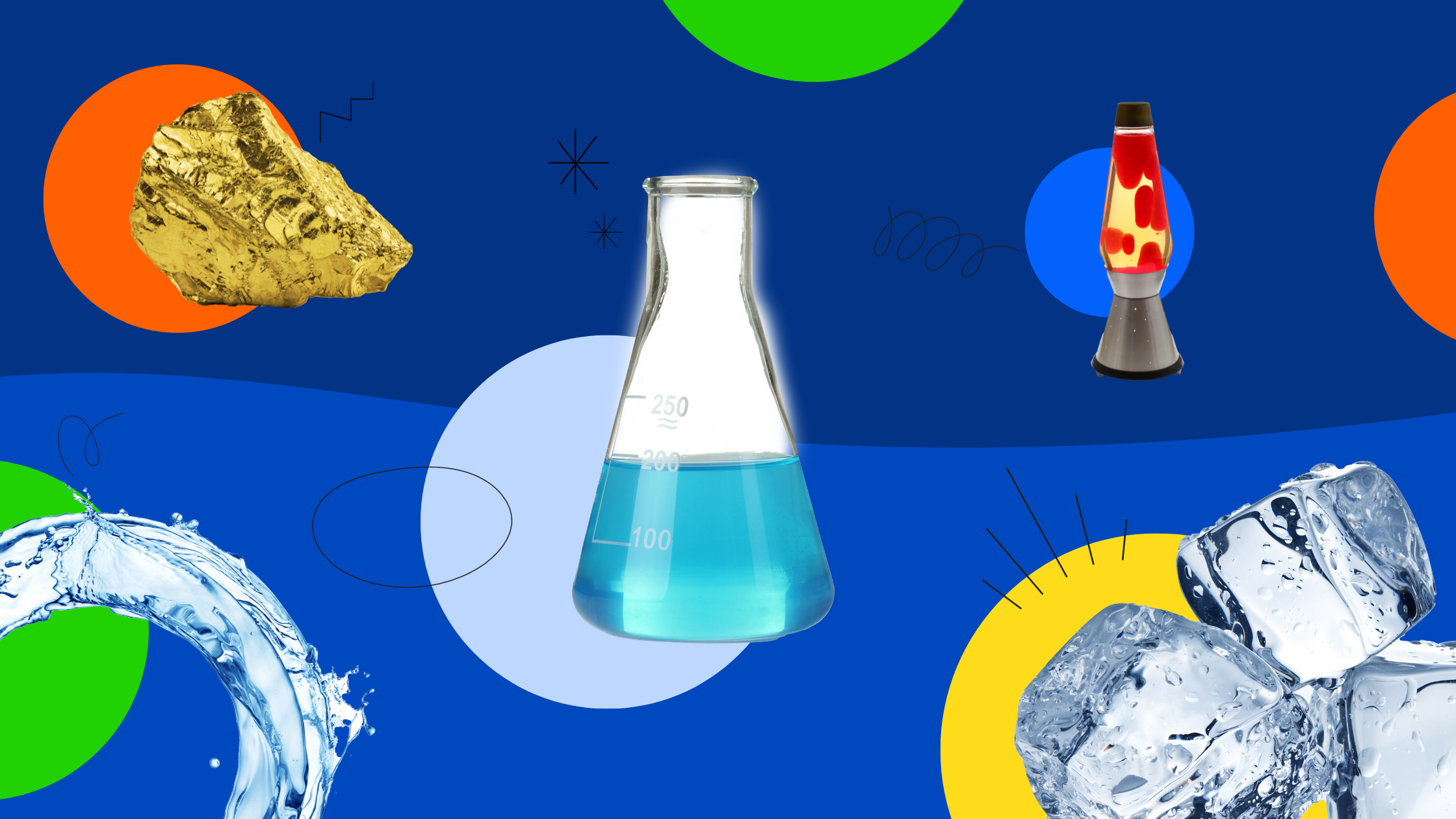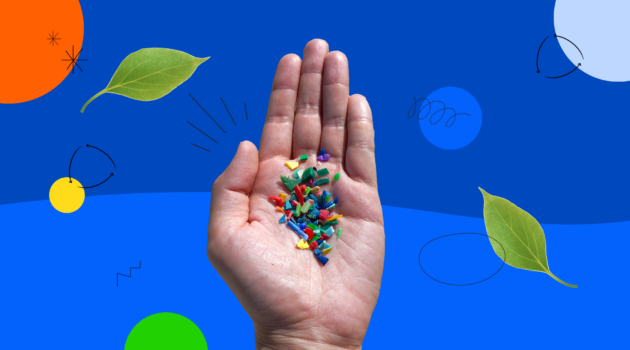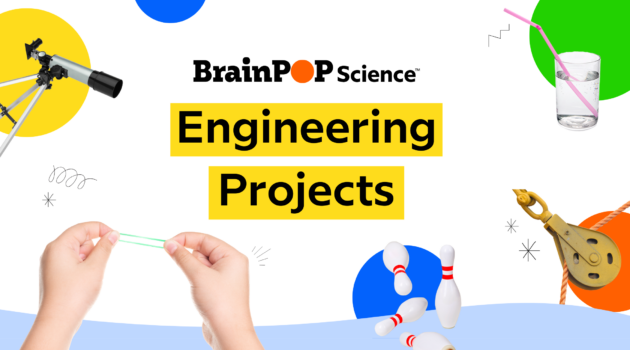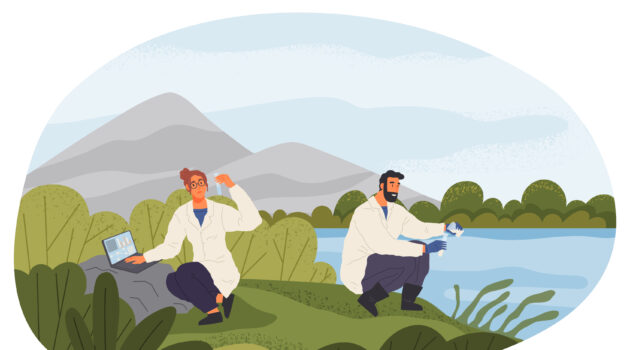BrainPOP Science
BrainPOP Science Lessons That Bring the Periodic Table to Life

“Why does the water go up when I do a cannonball into a pool? Can you unbake a cake? Why did the marshmallow melt in my cup of hot chocolate?”
Kids ask a lot of interesting, and sometimes mind boggling, questions. What many of them don’t realize is that most of the answers they’re looking for lead to science. Science is everywhere. From the wheels on their skateboard to the water droplets on their soda can.
However, making that connection for students is easier said than done. When they see the periodic table displayed in your classroom, they may see a chart of important information, not necessarily the building blocks of the world around them. So, how do we make it more relevant for them?
Bringing science to life in the classroom
That’s why every BrainPOP Science investigation starts with an engaging guiding question to spark curiosity about things middle school students interact with everyday. Yes, even the elements on the periodic table. Throughout each investigation, students explore interactive resources, record their observations, and construct scientific arguments based on evidence.
They do this by using a built-in Claim-Evidence-Reasoning (CER) framework. CER is a structured approach to scientific writing where students collect data about real-world phenomena to form their own conclusions–all while strengthening critical-thinking and writing skills.
5 “elemental” investigations to start
Periodic Table
Identify patterns in the arrangement of elements in the periodic table by the number of protons and valence electrons within its atoms, which determine many of an element’s properties.
Solids, Liquids, and Gases
Learn about the molecular movement and arrangement of molecules in solids, liquids, and gases. By the end of this investigation, students will be able to determine whether a volcanic eruption involves all three states of matter and if the molecules of any of these states move faster than others?

Elements
Students recognize that most of Earth is composed of a limited portion of the finite number of elements that exist and make up all matter and answer the question: Are we all made of “star stuff”?
Chemical Reactions
Observe a chemical reaction that occurs when a cake is baked in the oven. To investigate what happens when a chemical reaction occurs, students use the “Molecules: Chemical Reactions” simulation to model the atomic rearrangements that occur during chemical reactions. Then, they watch the Property Changes movie to learn how these processes relate to changes in chemical properties in order to explain the irreversibility of baking a cake.
Water Molecules
Use simulations and a BrainPOP movie to explore the chemical composition of water. Students learn about the subatomic particles of an atom and how atoms and molecules combine by forming chemical bonds. By the end of this investigation, students will be able to answer: how do hydrogen and oxygen combine to form water?
Go beyond that periodic table poster and show your middle schoolers that science truly is everywhere.
Jordan Bremus-Wyles is the social media lead at BrainPOP, with a Bachelor’s in English and Journalism. She is a youth advocate and mom of two.






